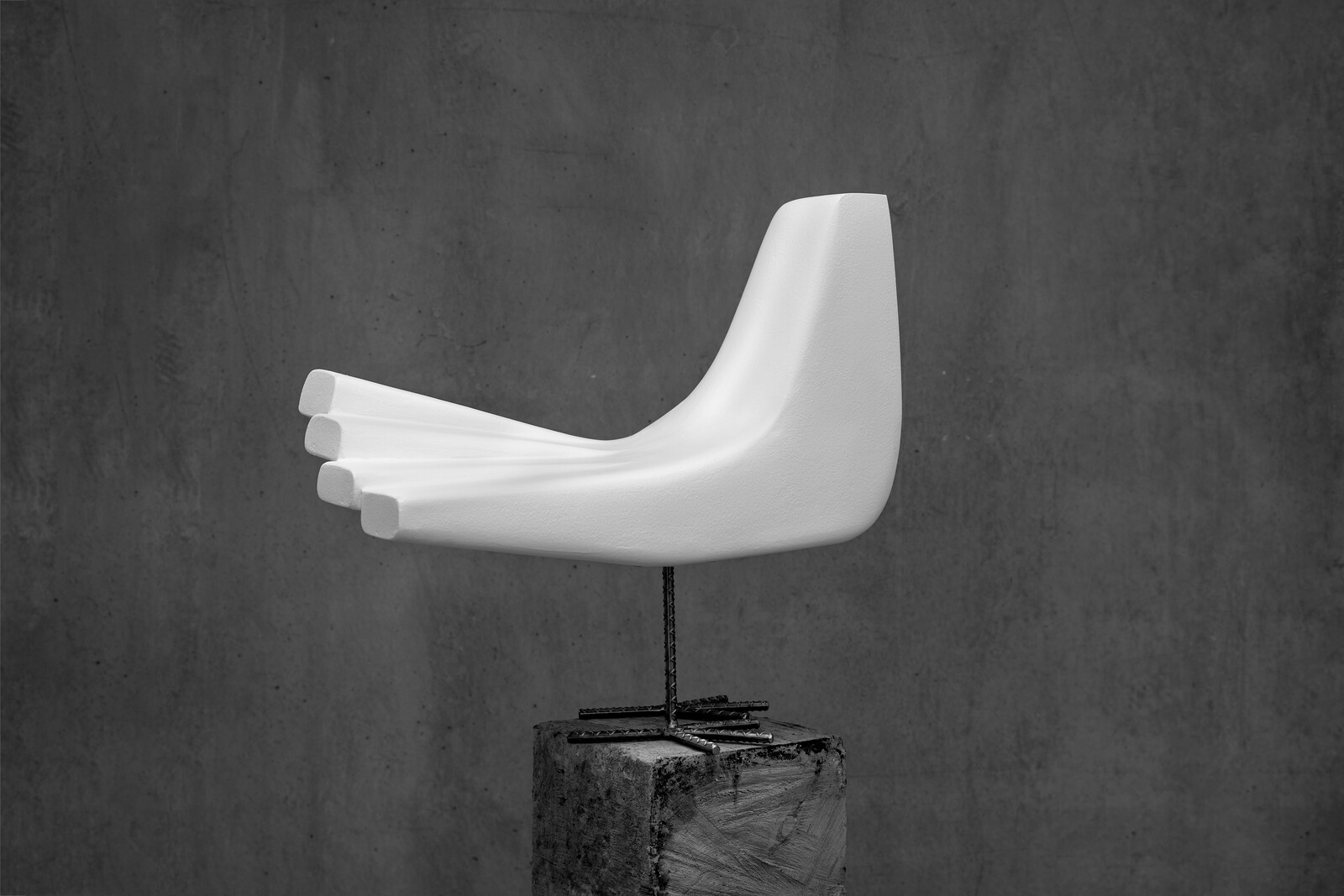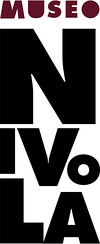Zero Armi Nucleari
September 24, 2022–February 23, 2023
Ex Blocchiera Falchi, Via Eleonora d’Arborea 5, Tortolì (OG)
Via Gonare no. 2
08026 Orani NU
Italy
Hours: Thursday–Tuesday 10:30am–7:30pm
T +39 0784 730063
F +39 0784 730062
info@museonivola.it
Pedro Reyes’s work follows a double path: art as aesthetic research and as social practice. Two seemingly opposite perspectives, the first developed through the tool of sculpture, the second by way of conceptual and participatory strategies, are both present in this project.
The exhibition presents the developments of the Atomic Amnesia campaign, launched by Reyes in 2020 in collaboration with the Bulletin of Atomic Scientists to raise awareness of the evergrowing nuclear threat. It includes a forest of hand-painted placards; 100 Seconds to Midnight, a screening of eight nuclear holocaust films reduced to 100 seconds, paired with a digital version of the 1947 Doomsday Clock; collections of documents from the archives of CND (Campaign for Nuclear Disarmament), protest pins from the 1960s and 1970s, and documentation of Isamu Noguchi’s Memorial to the Dead for Hiroshima. The collective dimension of the project is highlighted by a series of protest garments designed by Carla Fernández for performances and street demonstrations, and by the black-and-white posters of Artists against the Bomb, a collaborative project that voices the creative community’s concern for the growing threat of atomic destruction.
The exhibition’s core is the juxtaposition of two large sculptures, Zero Nukes (2020) and Statua di Pace (Statue of Peace, 2022). Although united by the dimensional scale and the pacifist intentions that guide them, they are profoundly different. The first is an inflatable sculpture in the shape of a mushroom cloud, inscribed with the slogan “Zero Nuclear Weapons” in different languages. The second is inspired by Hombre de Paz (Man of Peace), an imposing concrete figure created by Costantino Nivola in Mexico City for the 1968 Olympics. Nivola’s work, 12 meters high, depicts in semi-abstract forms a man with his arm raised in protest and warning “against the wickedness of warlike governments.” Reyes’ sculpture is an androgynous figure made out of wood, with a delicate hand-dove at its top: a universal symbol of peace in the modernist tradition of Picasso, Le Corbusier, Niemeyer, and Nivola himself.
Facing each other in the ancient washhouse, there are on the one hand a portable propaganda sculpture, a large-scale totem born as a meeting point for urban protest, and on the other, a figure that has the solemn appearance of a monument and that springs from the reflection on the historical precedent of another sculptor.
The first is the projection of our collective fears and incitement to opposition; the second symbolizes the hopes of humanity and its will to resist, as well as the individual poetic investment of Pedro Reyes, an artist whose approach toward confrontation and dialogue extends both to his contemporaries and to historical figures who, for their works and ideas, can still tell us something about our present time.
The exhibition’s opening, at 10:30am, is part of the European Heritage Days, a joint action of the Council of Europe and the European Commission celebrating cultural heritage to promote wellbeing, tolerance, and peace.
On September 24, Pedro Reyes will discuss the project with the museum director Luca Cheri during the opening day of Contemporanea—Sculptures and Places, the first of a series of international symposia on contemporary art and culture organized by Fondazione di Sardegna in Tortolì, Sardinia
The exhibition is accompanied by the book Pedro Reyes. Zero Armi Nucleari, edited by Giuliana Altea, Antonella Camarda, and Luca Cheri, and published by Allemandi.


